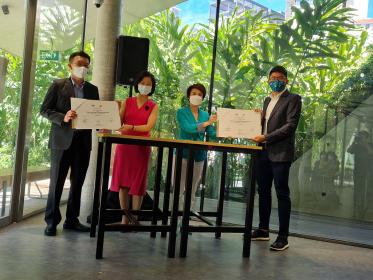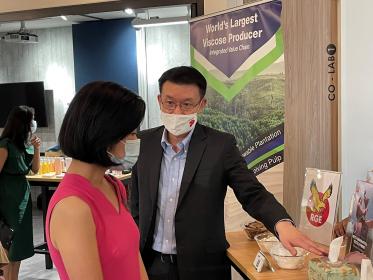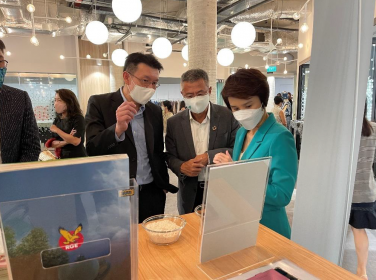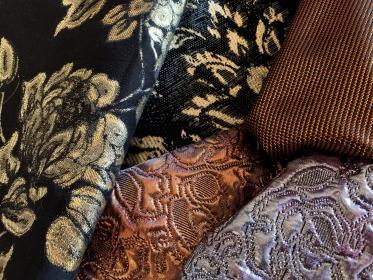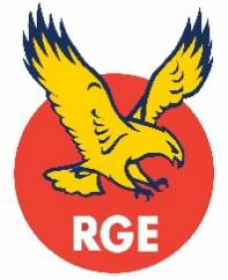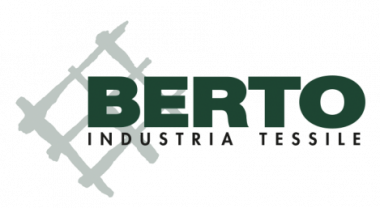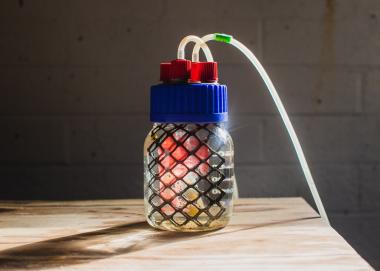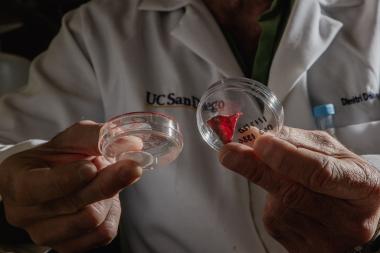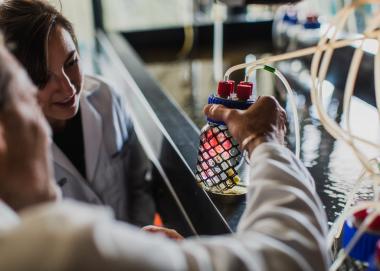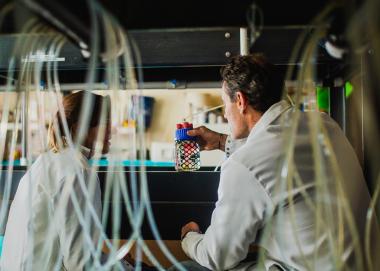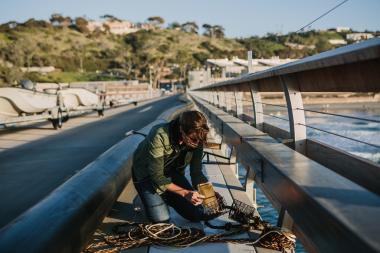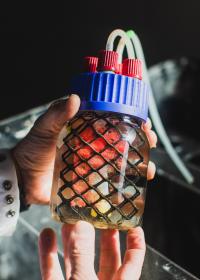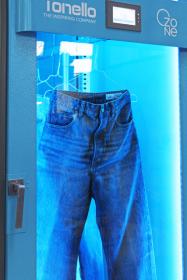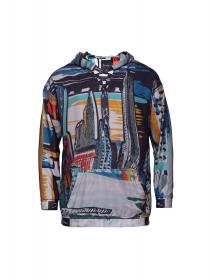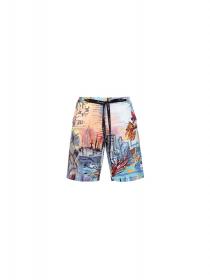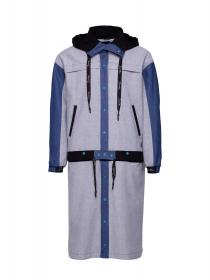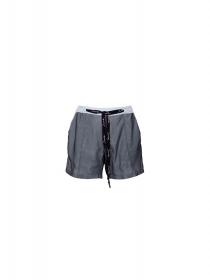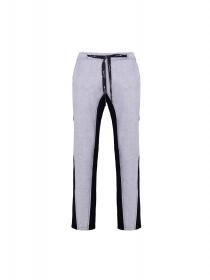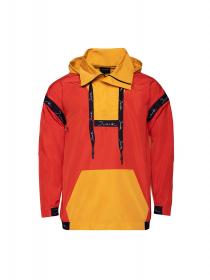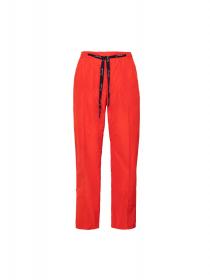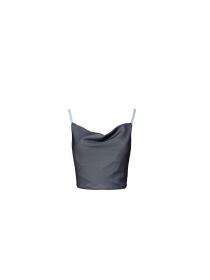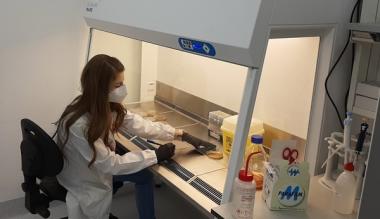Physical ClusterXchange - Discovering smart materials in Czech Republic
Under the ClusterXchange pilot scheme, the EXTRATEX partnership organised a 5-day exchange in Czech Republic, hosted by CLUTEX (cluster for technical textile).
15 participants visited strategic and innovative companies in the field of smart materials and advances technologies, as well as research centres and the Liberec University.
During the exchange, 92 B2B meetings were organized between local companies and the exchange participants, with 75% of the contacts established leading to follow-ups after the conclusion of the exchange. This collaboration laid the foundation for potential cross-border and cross-sector business collaboration, and participants of the physical exchange improved their competences in the field of smart materials and advanced technologies.
According to a testimony from the company Bipier Srl, their participation in the exchange allowed the establishment of two important working relationships with Bcb Informatica Y Control and Vyskummy Ustav Chemickych (Research Institute for Man-Made Fibers). This cooperation wil allow Bipier Srl to equip their machines with quality temperature control, and to expand the distribution of their products.
ECCP














